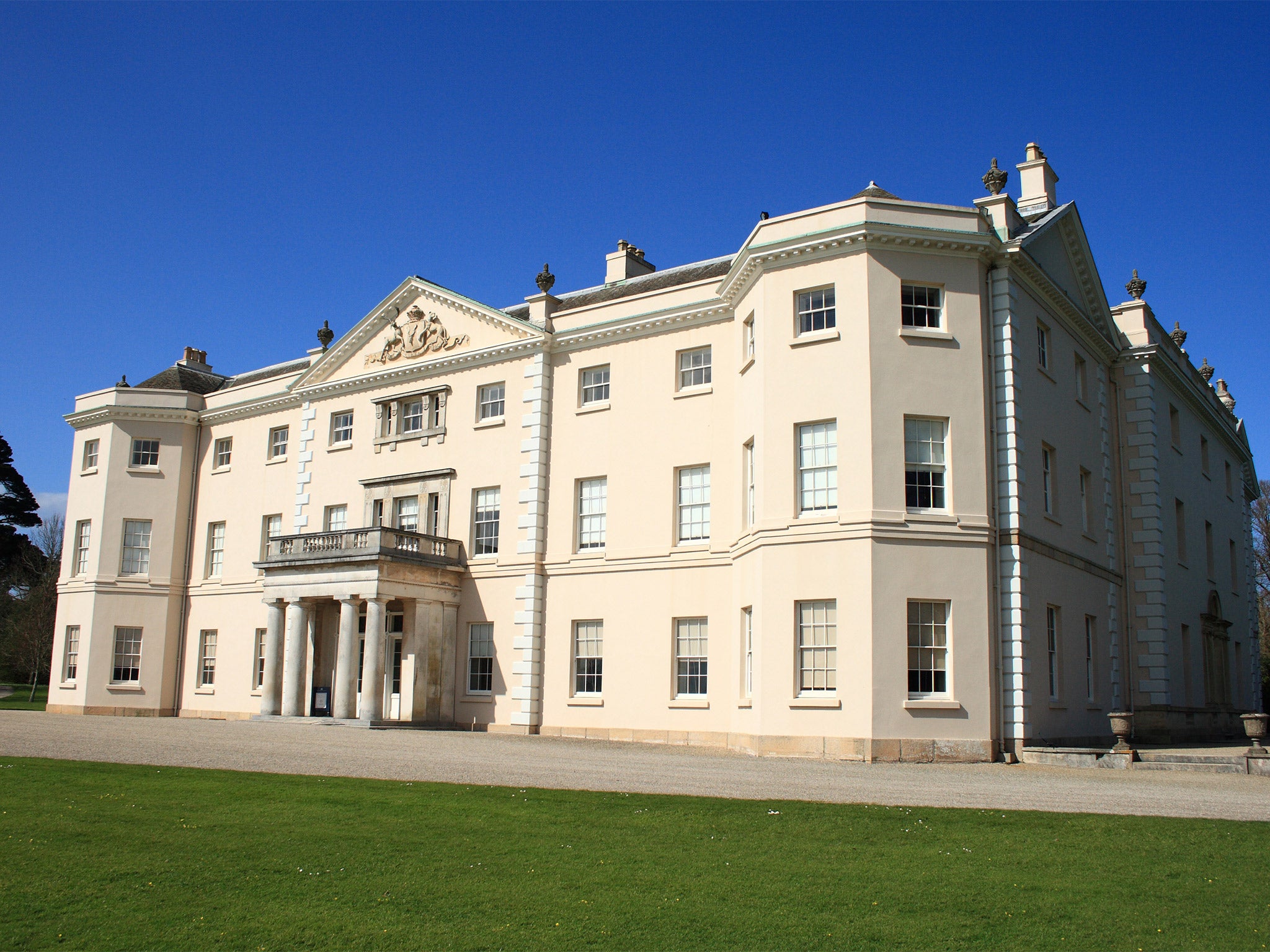National Trust to reveal the slave labour behind treasures in Britain's stately homes
Chairman said: 'We will work harder to give our visitors experiences that are emotionally rewarding, intellectually stimulating and inspire them to support our cause'

Your support helps us to tell the story
From reproductive rights to climate change to Big Tech, The Independent is on the ground when the story is developing. Whether it's investigating the financials of Elon Musk's pro-Trump PAC or producing our latest documentary, 'The A Word', which shines a light on the American women fighting for reproductive rights, we know how important it is to parse out the facts from the messaging.
At such a critical moment in US history, we need reporters on the ground. Your donation allows us to keep sending journalists to speak to both sides of the story.
The Independent is trusted by Americans across the entire political spectrum. And unlike many other quality news outlets, we choose not to lock Americans out of our reporting and analysis with paywalls. We believe quality journalism should be available to everyone, paid for by those who can afford it.
Your support makes all the difference.The National Trust plans to introduce interactive technology to allow visitors to discover whether slaves were involved in making of artefacts on display in its properties.
Tim Parker, the Trust’s chairman, said they were “already experimenting” with ways of doing this to help people learn more about history.
“You can imagine a time when people can use a [computer] menu to home in on an object like a piece of silver,” he said in an interview with Country Life magazine.
“How’s it made? Did it involve exploitation? People should see history for what it is, but it’s still a wonderful object.”
Visitors tastes were changing and their expectations “continue to grow”, Mr Parker added.
“We will work harder to give our visitors experiences that are emotionally rewarding, intellectually stimulating and inspire them to support our cause,” he said.
“We will invest in major changes at our most visited houses to transform how we tell the story of why the place mattered in the past and why it matters today.”
English Heritage has highlighted how many of the stately homes in Britain were built on the backs of slave labour.
In 2013, Dr Andrew Hann and Dr Madge Dresser, who worked on that project, this link was “often either been ignored or studiously repressed”.
“When they were acknowledged at all in the heritage sector, it was usually done in a sanitised manner that rendered the connection a historical curiosity of little significance,” they wrote.
Join our commenting forum
Join thought-provoking conversations, follow other Independent readers and see their replies
Comments